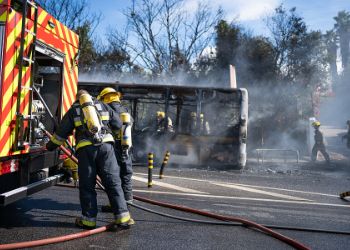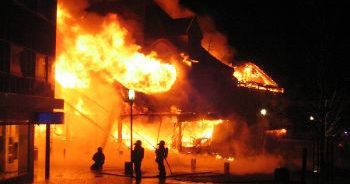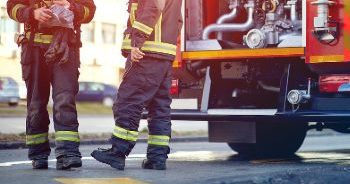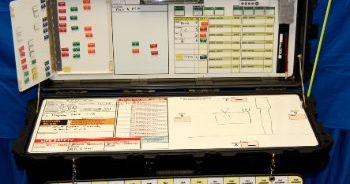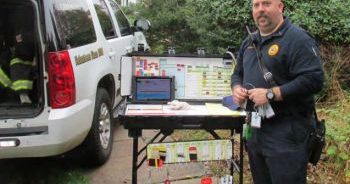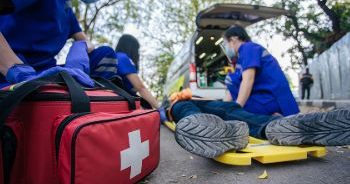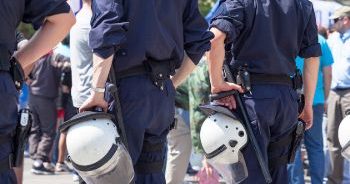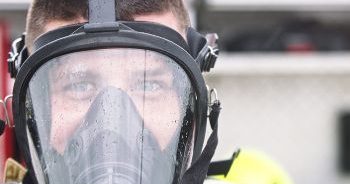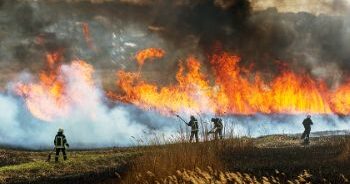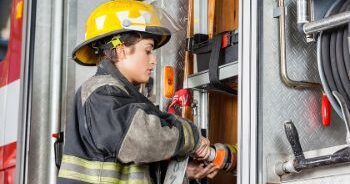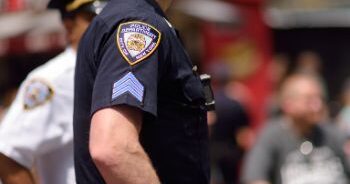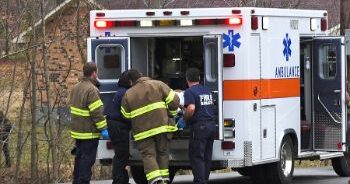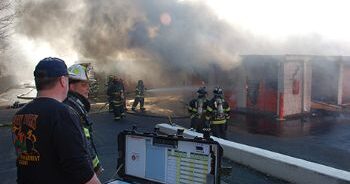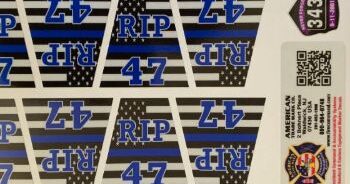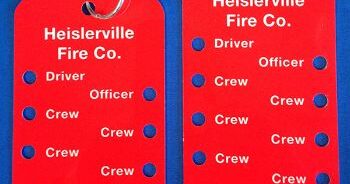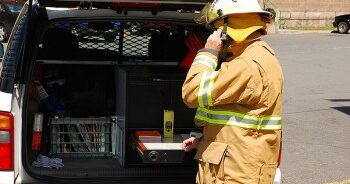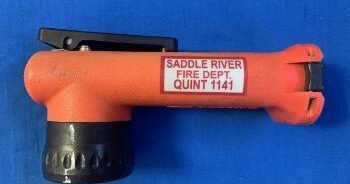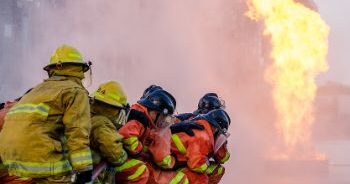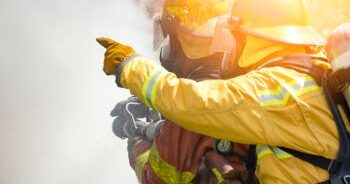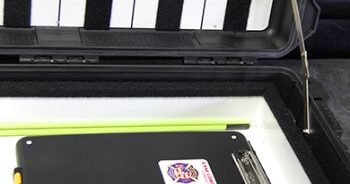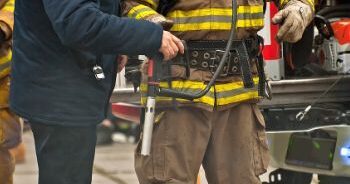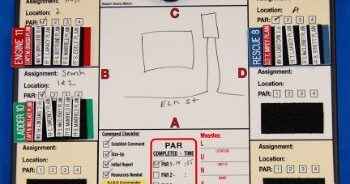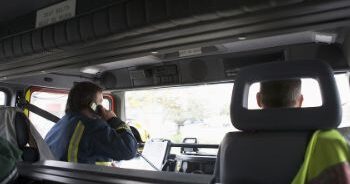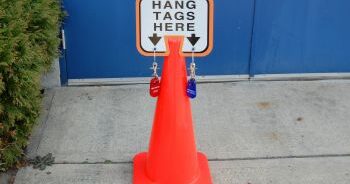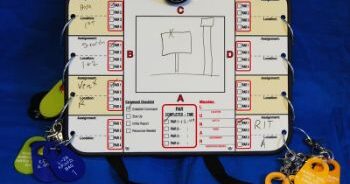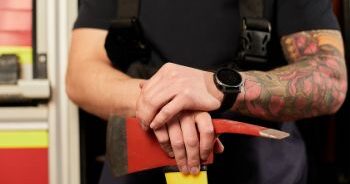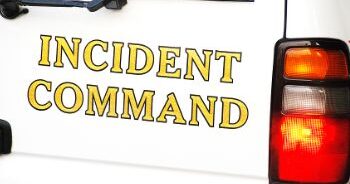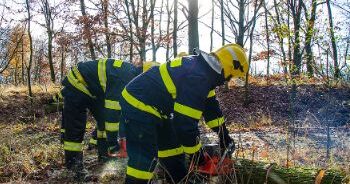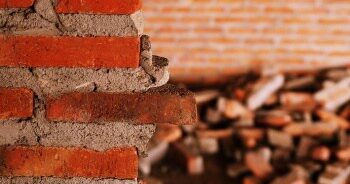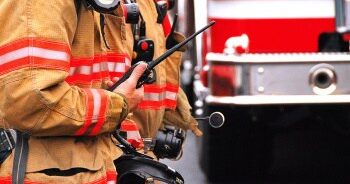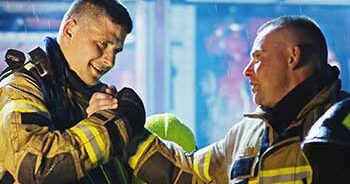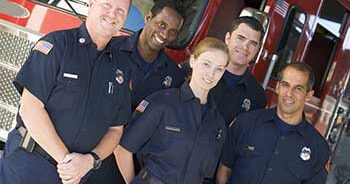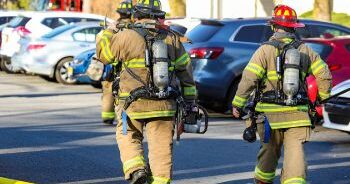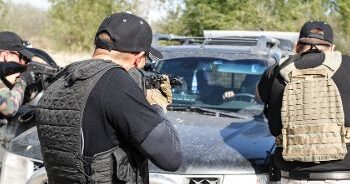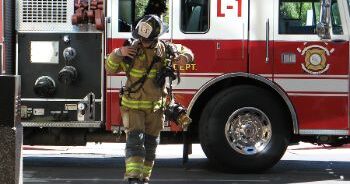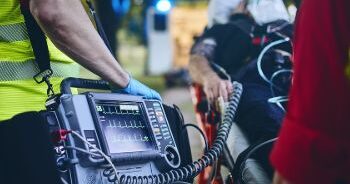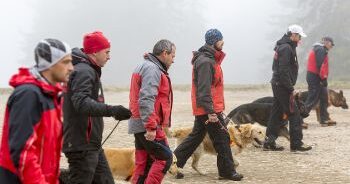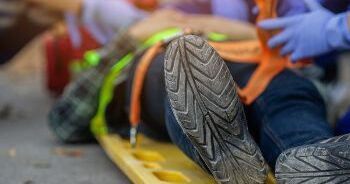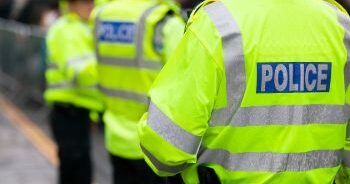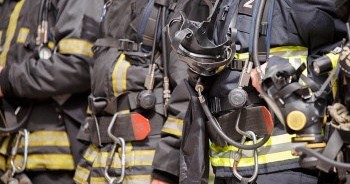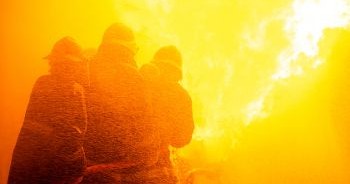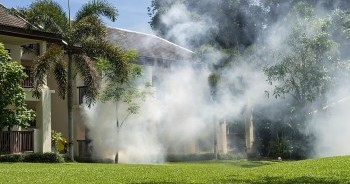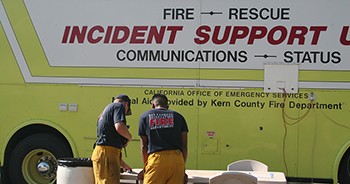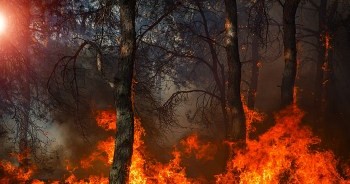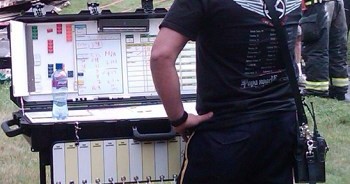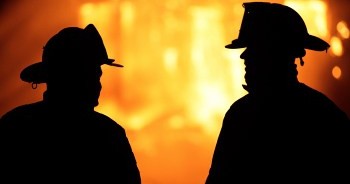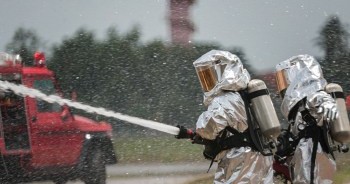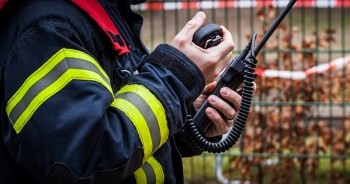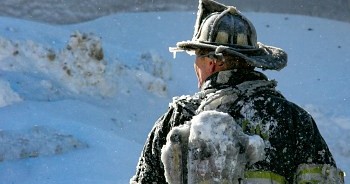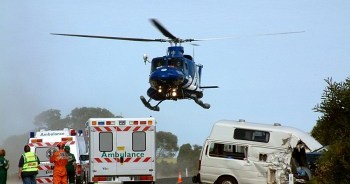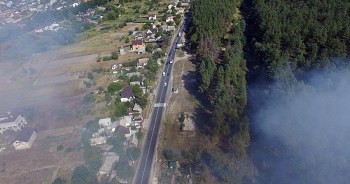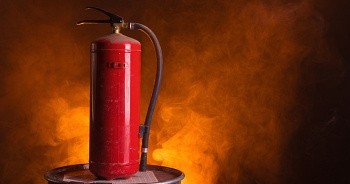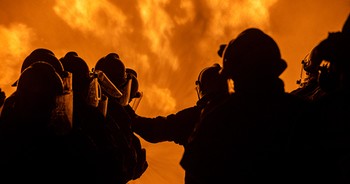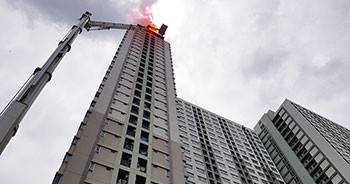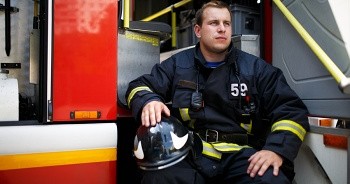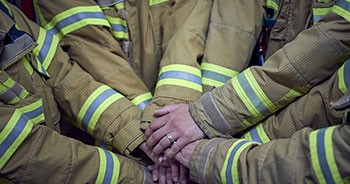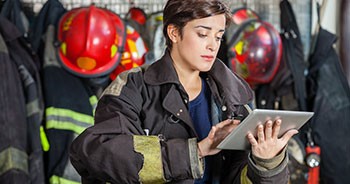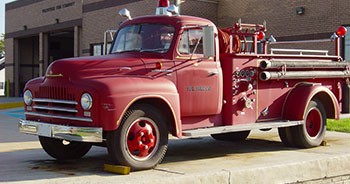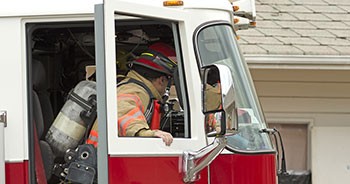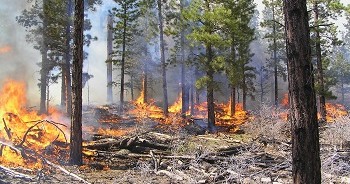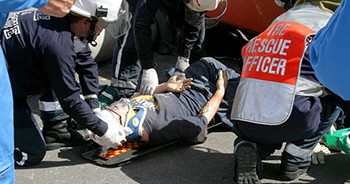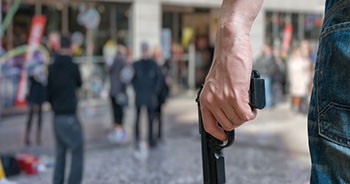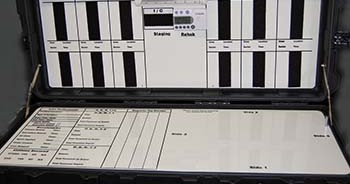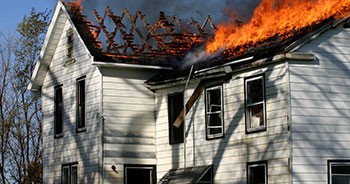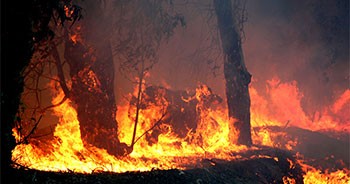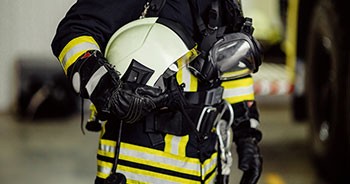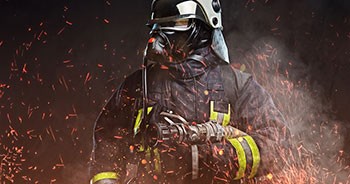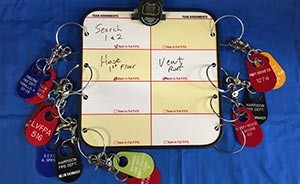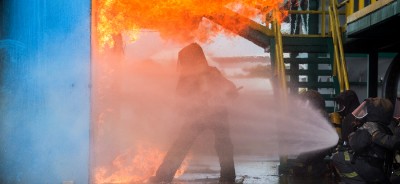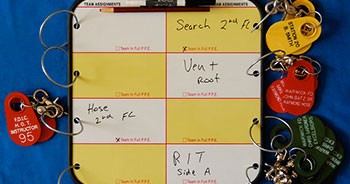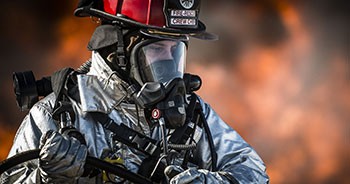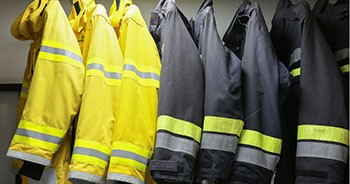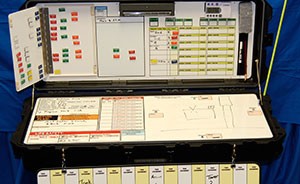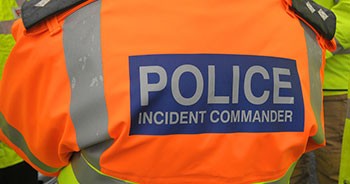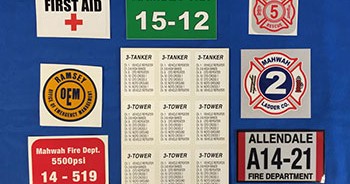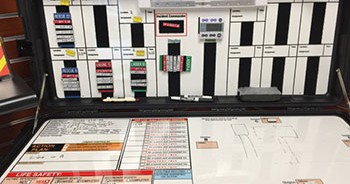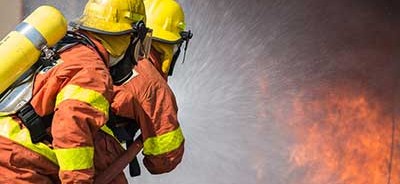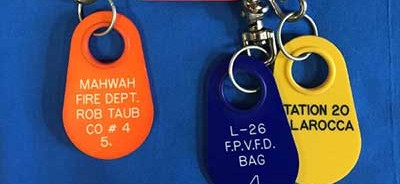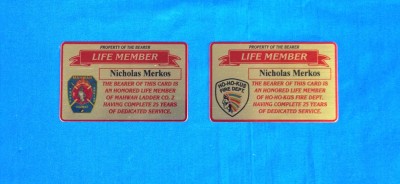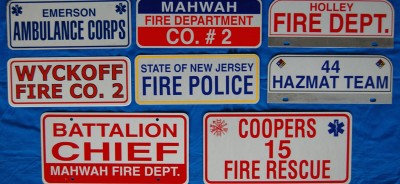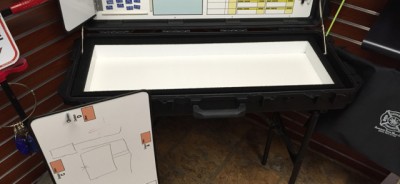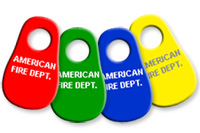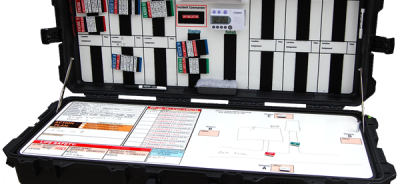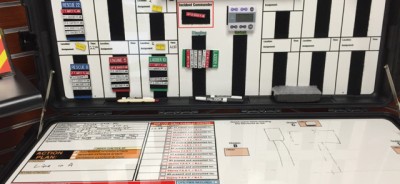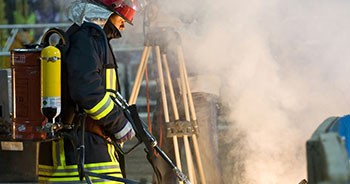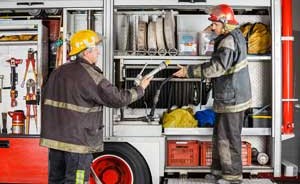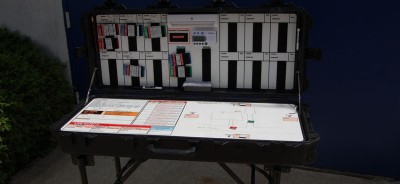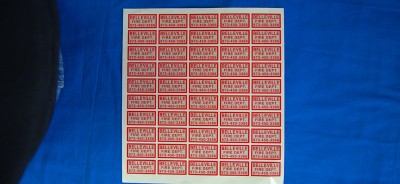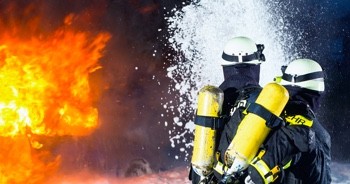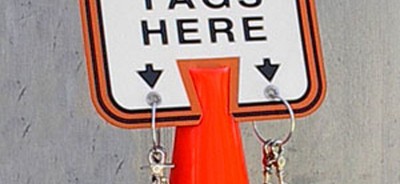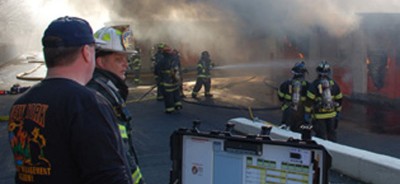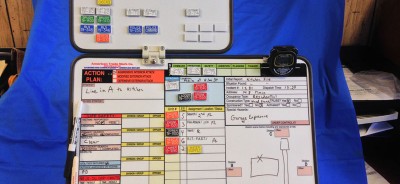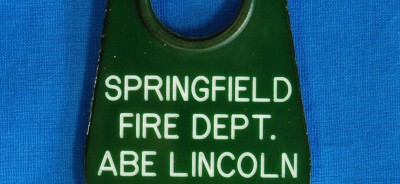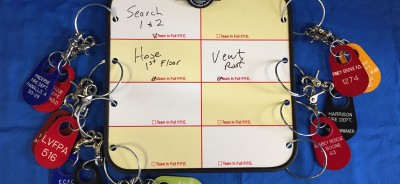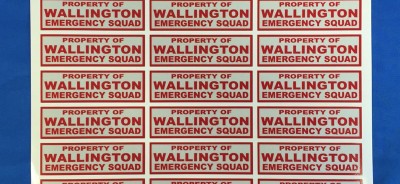Fire Scene Preservation: Best Practices For First Responders
Preserving a fire scene is important for helping first responders understand and investigate the incident. This process keeps evidence safe so investigators can study and reconstruct the scene accurately. Firefighters should learn the best ways to preserve a scene to support investigations. American Trade Mark Co. offers essential tools, like incident command boards, to help firefighters manage and document fire scenes effectively.
Understanding Fire Scene Patterns
Understanding fire patterns is a key part of preserving the scene. These patterns come from factors like where the fire started, the materials that burned, and the airflow in the area. Knowing these patterns helps investigators see how the fire spread and find clues about its cause.
Importance Of Documentation
Documentation is a fundamental practice for fire scene preservation. Comprehensive documentation includes capturing photographs, video footage, sketches, and detailed written notes that reflect the scene’s state upon arrival. Ensuring accuracy and thoroughness in documentation helps maintain the integrity of the evidence and aids in subsequent investigative processes.
Fire Department Command Boards For Efficient Management
Using incident command boards can streamline incident management and documentation. Designed to support accountability and organization, these boards help track personnel assignments, unit locations, and actions taken during an incident. Command boards ensure that that aspect of the scene is recorded precisely, providing crucial information for fire scene preservation.
- Incident Action Plans
- Personnel Assignment Logs
- Resource Allocation Tracking
Practical Steps In Fire Scene Preservation
Successful fire scene preservation begins with implementing practical measures at the incident site. Key steps include:
- Securing the scene to prevent unauthorized access and contamination.
- Establishing a perimeter to protect potential evidence.
- Documenting the scene thoroughly before any changes occur.
These proactive steps set the stage for accurate and reliable fire evidence collection.
Handling Fire Evidence
Preserving fire evidence is crucial for incident response and investigation. This ensures that key clues about the fire’s origin, cause, and development are maintained. Proper preservation prevents contamination or loss of critical details that could impact investigation accuracy. Evidence must be carefully handled and documented using techniques like labeling, photographing, and cataloging. By maintaining evidence integrity, investigators can more accurately reconstruct events and determine the fire’s cause.
Reliable evidence is also essential in legal proceedings to support findings. Understanding evidence preservation highlights the vital role first responders play in aiding investigations and improving firefighting safety and preparedness.
Techniques For Fire Scene Forensic Analysis
Fire scene forensic analysis is a critical process in determining how a fire started and how it spread. By understanding the variety of techniques used in forensic analysis, firefighters can play a vital role in providing valuable insights during investigations. By familiarizing themselves with these techniques, firefighters enhance their ability to provide accurate and useful information during fire scene investigations. Some of the most common methods employed include:
- Fire Pattern Analysis
- Heat & Smoke Dynamics
- Chemical Analysis
- Witness Interviews
- Electrical System Inspection
- Structural &Materials Examination
Common Challenges In Fire Scene Preservation
Fire scene preservation is not without its challenges. These challenges can hinder investigations and impede evidence integrity if not addressed. Overcoming these challenges requires understanding and implementing effective preservation strategies. First responders often face:
- Environmental Conditions Altering Scene
- Immediate Firefighting Efforts Impacting Evidence
- Limited Resources For Thorough Documentation
- Responders’ Equipment Contaminating The Evidence Pool
How To Develop A Fire Scene Preservation Strategy
Creating a preservation strategy tailored to your department’s needs can significantly improve the consistency and quality of fire scene preservation efforts. Key elements to include are training programs focused on preservation techniques. These equip personnel with the necessary skills; Standard Operating Procedures (SOPs) for scene management, which provide a structured approach to handling incidents; and the utilization of technology to enhance documentation accuracy, ensuring precise and reliable records are maintained. Together, these components establish a strong foundation for effective fire scene preservation.
Working With Investigation Teams
Cooperation between firefighters and investigation teams is vital to successful fire scene preservation. Fostering a collaborative environment enhances the overall efficacy of fire investigations. This involves:
- Clear Communication Channels For Information Sharing
- Integration Of Fire Department Insights With Investigator Expertise
- Joint Training Exercises To Familiarize Both Teams With Preservation Protocols
- Recognizable Equipment Markers To Prevent Evidence Contamination
The Role Of Training In Enhancing Fire Scene Preservation
Regular training is indispensable for maintaining high standards in fire scene preservation. Training ensures that first responders remain updated with the latest preservation techniques and industry best practices. Such training equips responders with the skills necessary for effective scene management. Components of effective training include:
- Hands-On Workshops For Real-World Application
- Scenario-Based Simulations To Reflect Diverse Incident Types
- Continuous Education On Technological Advancements
Support & Solutions For First Responders Nationwide
By incorporating well-defined strategies like training, SOPs, and advanced documentation tools, your department can strengthen fire scene preservation and response efforts. With high-quality incident command boards from American Trade Mark Co., first responders gain the critical support they need to keep every scene organized and effective, nationwide.
Related Posts
Fireground safety is a given priority, but even the most experienced crew may overlook...
Fireground accountability is crucial for maintaining safety and efficiency during emergency operations. Despite rigorous...
In the high-stakes world of EMS, error-free operations are crucial. Sophisticated tools, like EMS...
Magnetic command boards are a practical and flexible tool for organizing search-and-rescue missions. They...
In Emergency Medical Services (EMS), infection control is vital to protecting first responders and...
American Trade Mark Co. is committed to supporting first responders nationwide by providing valuable...
In developing safe and effective responses to gas leaks nationwide, it is critical for...
Wildfire smoke poses significant risks to firefighter health, requiring rigorous safety protocols to minimize...
Ensuring firefighter safety through rigorous gear inspection and maintenance is fundamental to any fire...
American Trade Mark offers accountability tags for fire departments and law enforcement agencies nationwide....
In the unpredictable environment of emergency response, ensuring EMS responders' safety in high-risk situations...
Firefighting is a demanding profession that requires precision, quick decision-making, and coordinated efforts to...
Helmet decals are more than a means of identification or decoration for firefighters. These...
The importance of firefighter accountability tags cannot be overstated in the realms of fire...
Firefighting is a challenging profession where every second matters and can be the difference...
Firefighter equipment markers have a crucial role in ensuring fire services' safety and efficiency....
Ensuring firefighter safety amidst the challenges posed by electrical fires is a paramount concern...
Ensuring firefighter safety in high-risk industrial settings requires strict adherence to safety protocols and...
In the dynamic and demanding world of emergency response, every second counts. It's essential...
As the popularity of food trucks continues to grow, first responders need to have...
Incident command places immense pressure on your leadership team. Rapid decision-making during an emergency...
When emergencies strike, effective incident command strategies save lives. However, methods employed to manage...
Are you looking to improve your communications when deploying your incident command truck in...
Crew-based accountability is essential for firefighters to do their job successfully, and accountability tags...
While training to send and receive mayday calls is part of every firefighter trainee's...
At American Trade Mark, we know just how grueling but rewarding a career in...
According to statistics from the National Institute for Occupational Safety & Health, many of...
During one firefighting incident, just five firefighters responded to a call for help about...
Firefighters often arrive first on the scene of not only fires but national disasters...
Every day, firefighters risk their lives to save people and property, which makes implementing...
A building collapse situation has the potential for serious harm to emergency personnel with...
First Responders should have five functional areas set up within their Incident Command Systems...
American Trade Mark wants to ensure that every hero gets home safely, which is...
At American Trade Mark we know firefighters encounter dangerous conditions on a consistent basis,...
When it's time for a firefighter to retire, how do you say thank you...
Learning key emergency management principles and implementing them within your current incident command systems can help...
Desperate criminals and lives on the line—no one wants to be on the front...
First responders go all out for their communities daily, without any thought of recognition,...
American Trade Mark provides mobile incident command systems to emergency responders nationwide. For EMS...
Locate victims while keeping your first responders as safe as possible with ICS for...
Motor vehicle accidents happen every day. In order to protect first responders like firefighters,...
Police incident command is essential for ensuring the safety of officers and the public....
EMS and paramedics are often the first lines of help on an emergency scene....
Our police officers and other law enforcement personnel often don’t have the luxury of...
COVID-19 has impacted our communities in every way. Surprisingly, however, despite warnings to distance...
During a time of mask-wearing and social distancing are firefighters really at risk? After...
Hotel and resort fires are unique because of the sheer size, height, and number...
Share information quickly and clearly in an emergency. Efficient resource allocation, firefighter safety, and...
Tracking first responders in hoarder home fires is crucial for safety, and at American...
Firefighters put their lives on the line day in and day out, year after...
Bolster your current wildfire fireground communications with incident command systems and tools from American...
At American Trade Mark, we manufacture and distribute custom products and accessories to compliment...
At American Trade Mark, we offer incident command boards for departments of all sizes...
Get, communicate with, and track the people and information you need during your next...
Ensuring effective fireground communications for both firefighters and incident command with strategic planning and...
American Trade Mark is committed to helping keep our first responders nationwide safe and...
Improve fireground communication and firefighter safety with fire department communication tips for bad weather...
At American Trade Mark, we understand that the incident commander and incident safety officer...
Track departments and communicate more efficiently with tools for coordinating emergency response from American...
American Trade Mark knows what it means to develop strategies for EMS safety. Our...
As fires in the wildland-urban interface continue to rise, so do the demands on...
Limit chemical exposure hazards in your firefighters with accountability tags from American Trade Mark....
Improve your firefighter safety and survival rates with these nine tips from American Trade...
Face the uniquely difficult set of challenges involved in high rise firefighter safety with...
We want to help incident commanders find ways to reduce firefighter stress with tips...
As a nationwide provider of firefighter accountability and incident command equipment, American Trade Mark...
Before diving head first into the latest and perceived greatest, at American Trade Mark,...
Incident command and firefighter safety have come a long way since Benjamin Franklin’s 1736...
Don’t get caught off guard on your next emergency response call. At American Trade...
Whether you are on a dedicated woodland fire crew or IC for a structural...
At American Trademark we've put together some high-stress fireground communication tips for when your...
At American Trademark, we understand that to run an effective emergency response team it...
During a time when first responders are being asked to be prepared for more...
Count on EMS command boards from American Trade Mark to promote safety and accountability...
If you're wondering how to keep firefighters safe during defensive firefighting, count on the...
At American Trade Mark, we serve nationwide as a leading manufacturer of wildland fire...
At American Trademark, we want to help you with risk management and firefighter injury...
At American Trademark, we've put together a list of useful tips for accountability officers....
At American Trade Mark Co. our priority is helping you stay safe from common...
At American Trademark, we want to make sure that you are aware of how...
At American Trade Mark, all of our products are made with the safety of...
At American Trade Mark, we can create custom fire department plaques to honor any...
When you’re a firefighter, everyone looks out for everyone else by wearing ID tags—and...
The most important job of the Incident Commander is firefighter scene safety. Communication, organization,...
Equipment accountability is important for first responders which is why American Trade Mark offers accountability...
At American Trade Mark, our magnetic and dry erase command boards can streamline and...
At American Trade Mark, we offer law enforcement incident command boards for police and...
Custom reflective stickers for fire departments are necessary to quickly indicate to crews, safety...
To meet the needs of your specific fire department, at American Trade Mark we...
American Trade Mark specializes in the manufacturing of first responder scene safety products and...
As an industry leader in products dedicated to fire personnel tracking and accountability plan...
At American Trade Mark, we offer an effective range of accountability products geared towards...
American Trade Mark offers custom imprinting for firefighters and other emergency medical services. We’ve...
American Trade Mark offers a way to honor first responders with custom member cards....
American Trade Mark has custom license plates for all types of emergency services. No...
Here at American Trade Mark, we understand that choosing the right command board for...
American Trade Mark provides multiple custom engraving and color options for our accountability tags....
American Trade Mark Co. is a well-known leader in the firefighter accountability system field...
Safeguard your firefighters with a Velcro accountability board offered by American Trade Mark. This...
Explore custom firefighter accountability tags by American Trade Mark Co. The site of a...
If your department is looking for additional funding to ensure your firefighters have all...
American Trade Mark is a leader in firefighter passport accountability systems (PAS) and supporting...
At American Trade Mark we understand the importance of using quality labels for firefighter...
At American Trade Mark, we serve communities by making it possible to keep track...
Enhance your fire department’s personnel accountability system with American Trade Mark Co. accountability tag...
Firefighter tracking systems are a vital part of first responder safety. They help Incident...
Having robust Incident Command Systems saves firefighters’ and EMTs’ lives by promoting personnel accountability...
Protect your firefighters with American Trade Mark Co. custom firefighter accountability tags. Our personnel...
Firefighter status boards are an essential part of managing successful fire ground operations. American...
American Trade Mark Co. is a leading manufacturer of firefighter equipment marker decals. Firefighter...



